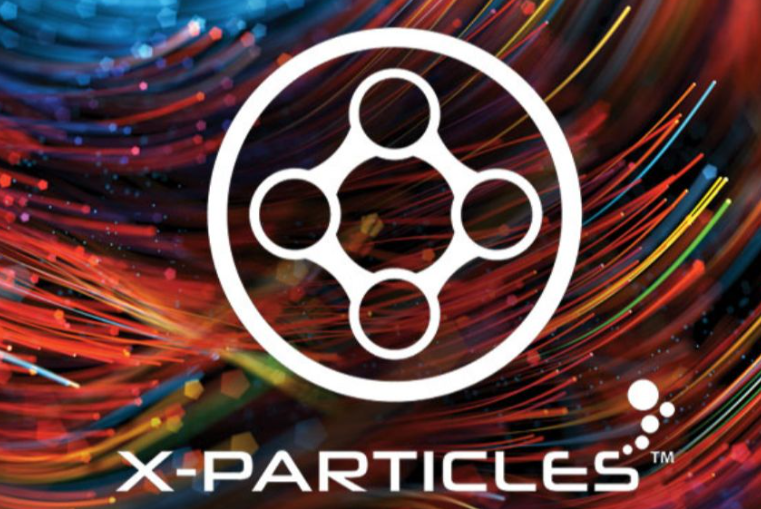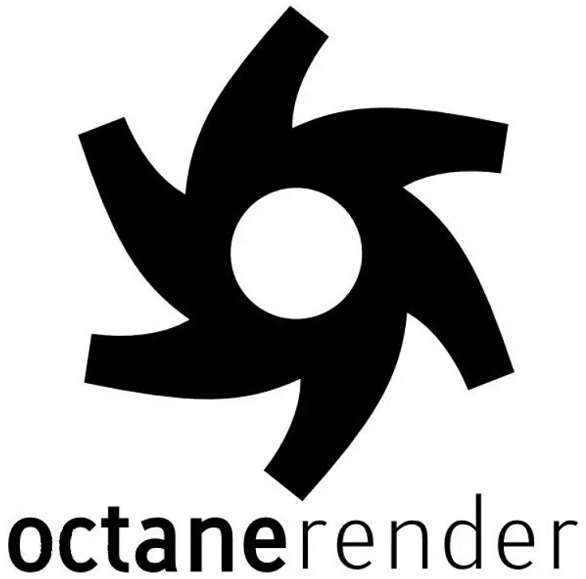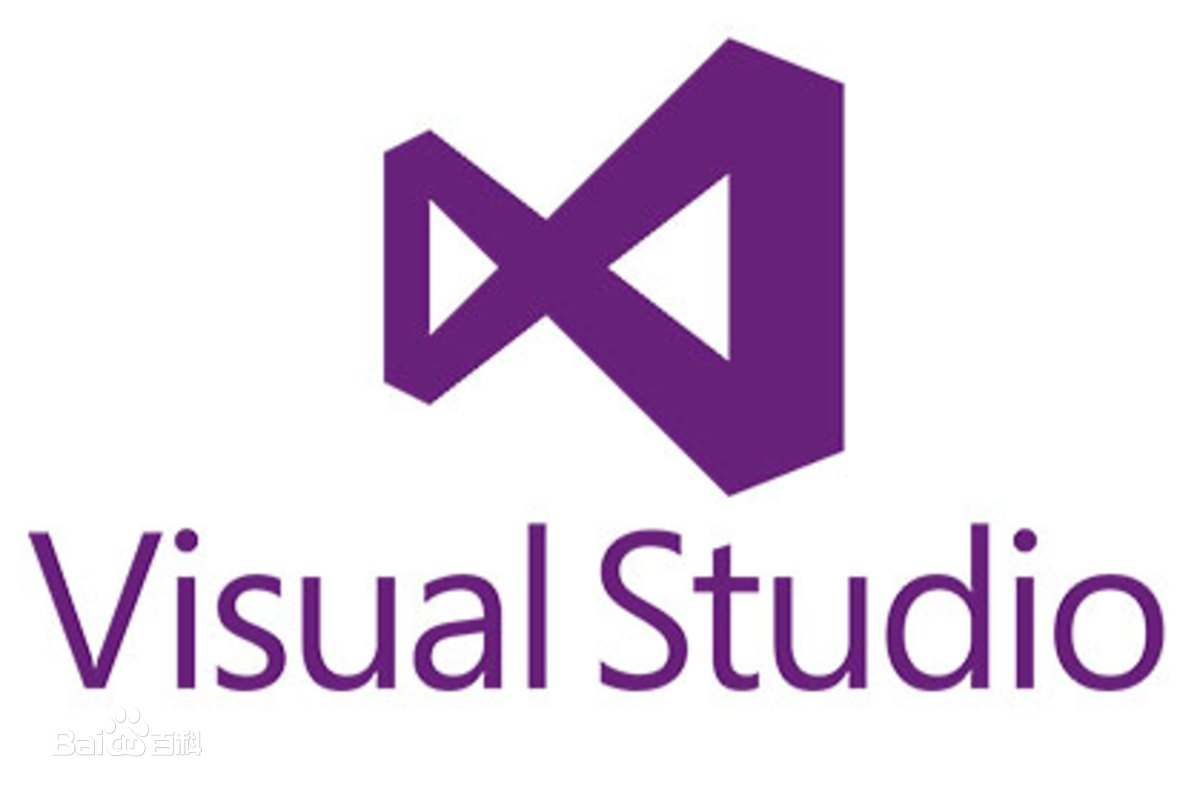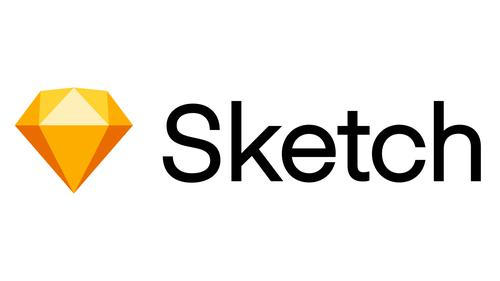Houdini's node system is one of the core functions of its programmatic modeling and special effects production, which enables complex tasks such as programmatic modeling, special effects production, and dynamic simulation through node networks. Mastering the usage of nodes is the key to efficient creation. The following is a comprehensive, in-depth, and structured node usage guide centered around user needs:
дёҖгҖҒNode basic operations
1. Create and Connect
Create node:
Shortcut key Tab: Enter the node name (such as box, sphere) to quickly generate.
Right click menu: Right click in the node network and select specific nodes under categories such as Geometry or DOP.
Connection node:
Drag the output port (green/blue) of one node to the input port (yellow/red) of another node to form a data stream.
Example: Box вҶ’ Transform вҶ’ PolyExtrude.
2. parameter
After selecting the node, the parameter panel on the right will display adjustable properties:
Geometric nodes: dimensions, subdivisions, rotations, etc.
Simulation nodes: gravity, collision accuracy, time step size, etc.
Material nodes: color, reflectivity, roughness, etc.
3. Node Management
Delete/Copy: Select the node ->Delete or Ctrl+C/Ctrl+V.
Color marking: Right click on the node вҶ’ Color вҶ’ Select color (for easy differentiation of functional modules).
Comment: Right click on the node вҶ’ Add Comment вҶ’ Add explanatory text.
дәҢгҖҒCommon Node Types and Scenarios
1. Geometry creation and modification

2. Transformation and Animation
Transform: Move, rotate, and scale geometry.
Timestampshift: controls the animation playback time (such as delay or loop).
Keyframe: Add keyframe animation to CHOP network.
3. Simulation and Dynamics
RBD Object: Rigid body dynamics (such as fragmentation, collision).
FLIP Solver: Fluid simulation (such as water, milk).
Pyro Solver: Smoke and Flame Simulation.
Wire: Soft body simulation (such as fabric, hair).
4. Materials and Rendering
Material: Create standard materials such as diffuse reflection and metal.
PBR Material: Physically based rendering materials such as roughness and metallicity.
Mantra: Houdini has a built-in renderer that supports global lighting, depth of field, and more.
дёүгҖҒNode network optimization and debugging
1. Network Organization
A null node: serves as a network entry or exit for easy management.
Subnet: Encapsulate complex logic into subnetworks (similar to functions).
Group node: Group geometry or points (such as selecting specific faces).
2. performance optimization
Performance Monitor: Analyze node computation time and optimize bottlenecks.
LOD node: Simplify geometry dynamically based on distance.
Cache node: Cache simulation results to avoid duplicate calculations.
3. Debugging Techniques
Display Flag: Quickly switch node displays (only display key nodes during debugging).
Render Flag: Controls whether nodes participate in rendering.
Viewport view: Real time preview of geometry or simulation effects.
еӣӣгҖҒAdvanced Techniques
1. VEX and Python Script
Attribute Wrangle: Write VEX code to manipulate geometric attributes such as point position and color.

Python nodes: automate node generation or parameter tuning through scripts.
2. parametric design
Parameter node: Exposes parameters for external adjustment (such as UI sliders).
CHOP node: Processing animation curves or external data (such as audio driven animations).
3. Third party tool integration
USD node: Interact with Pixar's universal scene description format.
Alembic node: Import/export cached data (in collaboration with other software).
дә”пјҡBasic Operations
Basic operations: Starting from creating nodes with Tab, gradually master connection, parameter adjustment, and node management.
Scenario application: Select nodes such as geometry, simulation, materials, etc. according to the requirements, and practice with actual cases.
Optimization and debugging: Improve efficiency through Performance Monitor and Cache nodes.
Advanced direction: Learn VEX/Python scripting, parametric design, and third-party tool integration.
Through systematic learning and practical projects, you will gradually master the powerful functions of the Houdini node system and achieve a complete process from modeling to special effects.









